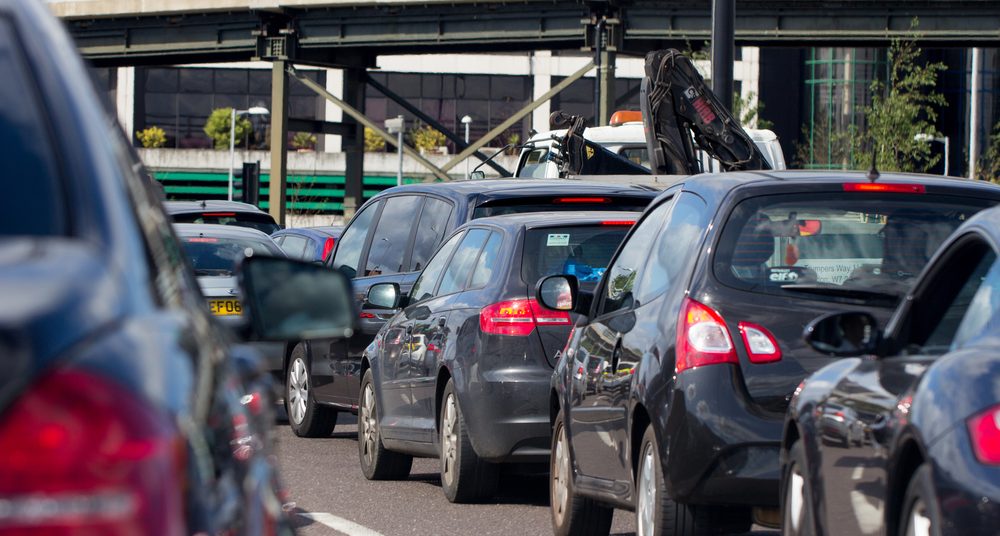John Craddock Ltd Magazine (General News)

Jaguar Land Rover are embarking on an ambitious project which will involve a 41 mile “living laboratory” of UK roads to test the future of next-generation Connected and Autonomous Vehicle (CAV) technologies. A fleet of 100 vehicles including five Jaguar and Land Rover models are being used to test the new technology which will allow vehicles to communicate with each other as well as “over the horizon” warnings to make driving safer, reduce journey times and also prevent traffic jams. The Car-to-car communication technology will allow vehicles to pass on warnings to others while emergency service vehicles will be able to alert drivers of their approach.
The 41 Mile “Living Laboratory”
To test the new technology, 41 miles of public roads around the Solihull and Coventry area are being used to evaluate the new system in real life environments. The whole project is expected to last around three years with the aim of greatly improving the connected and autonomous vehicle features of all vehicles. The project also aims to allow Britain to compete with other parts of Europe who already have similar test routes in place.
The “living laboratory” will allow the CAV technology to be tested on five different types of roads and junctions on an almost constant basis. New roadside communications will also be added along the routes to enable information sharing between vehicles travelling at high speeds as well as traffic lights and overhead gantries. In theory, the current information seen on gantries such as queue or ice warnings would instead be relayed directly to the connected cars, alerting the driver almost immediately. This information could then be shared amongst other connected vehicles allowing for the possible re-routing of traffic jams through the same transmissions.
Over the Horizon Warnings
Another major benefit of these tests would be the ability to send “Over the Horizon” warnings to oncoming vehicles which would instantly warn other drivers if you have to break or stop suddenly. This would also be incredibly useful for police cars, ambulances and fire engines who would be able to warn other vehicles of their presence before coming into view. The communication between cars could see a very significant improvement in road safety over the coming years while also enabling drivers merge more smoothly on busy stretches of road.
And, as well as the added safety benefits CAV offers, manufacturers will also be able to meet the increasing customers demand for connected services while on the move. All of this will play a significant part in the overall future of “driverless” cars and it will be well worth keeping an eye on this project in the coming months to see how well the technology works.
As well as Jaguar Land Rover, many other global giants such as Vodafone, Siemens and MIRA are involved in the £5.5m project, known as “UK-CITE” (UK Connected Intelligent Transport Environment).








